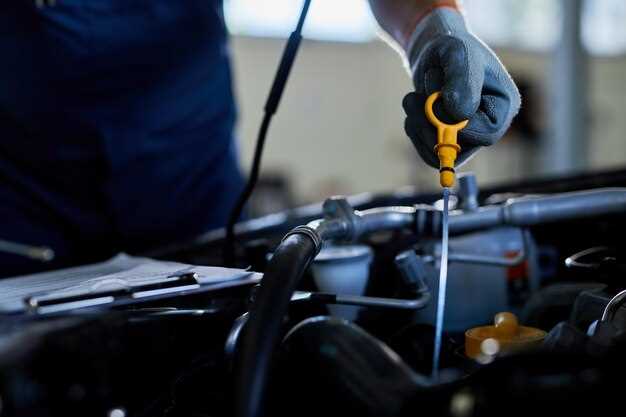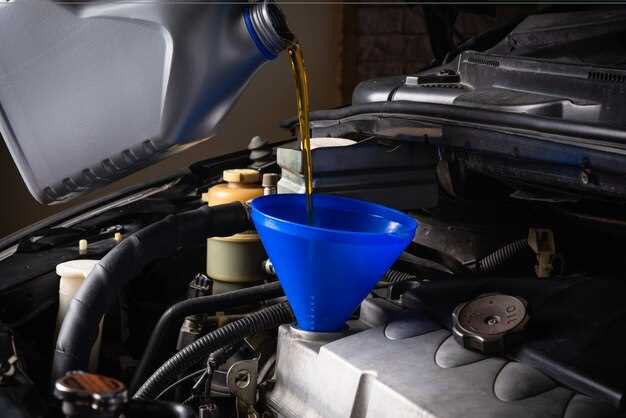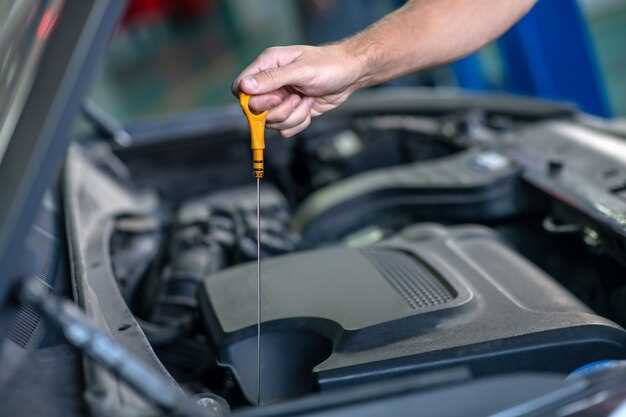How to change the oil on your Jeep at home


Keeping your Jeep running smoothly requires regular maintenance, and one of the most critical tasks is performing an oil change. Regularly changing the oil helps to ensure that your engine is properly lubricated, which in turn extends its lifespan and enhances performance. Understanding how to perform this task at home not only saves you money but also gives you a sense of accomplishment as you take care of your vehicle.
In this guide, we will walk you through the essential steps to properly change the oil in your Jeep, even if you’re a complete novice. We will cover the tools you’ll need, how to select the right oil and filter, and the step-by-step process for draining the old oil and adding the new. By following these instructions carefully, you can maintain the health of your engine and enjoy a smoother ride.
Whether you own a classic Jeep or a modern model, the oil change process remains fundamentally similar. Being equipped with the right knowledge and tools is key. Ready to dive in and learn how to keep your Jeep in top shape? Let’s get started!
Gathering the Right Tools and Supplies for Your Oil Change

Before you start the oil change process for your Jeep, it is essential to gather all the necessary tools and supplies. Having everything ready will streamline the process and help avoid any unnecessary delays.
First, you will need a good quality oil filter. Make sure to choose the correct filter based on your Jeep model. Next, select the appropriate engine oil. Refer to your owner’s manual for the recommended oil type and viscosity. It is advisable to use synthetic oil for optimal performance.
You will also require an oil catch pan to collect the used oil during the change. This will help keep your workspace clean and safe. Don’t forget a funnel for pouring new oil into the engine, as it minimizes spills and messes.
For removing the oil drain plug, a socket wrench will be necessary. Ensure you have the correct size socket to avoid stripping the plug. A torque wrench may also be beneficial for properly securing the drain plug after the oil has been drained.
Lastly, consider safety equipment, such as gloves and safety glasses, to protect yourself during the process. A shop towel or rags will come in handy for cleaning up any spills.
By gathering these tools and supplies beforehand, you will ensure a smoother and more efficient oil change experience for your Jeep at home.
Step-by-Step Process for Draining and Replacing Oil
Changing the oil in your Jeep is a straightforward diy task that can significantly impact the performance and longevity of your vehicle. Follow these steps to drain and replace the oil effectively.
1. Gather Necessary Tools and Materials: Before you begin, ensure you have the following items: a wrench, oil filter wrench, oil catch pan, funnel, new oil, new oil filter, and a clean rag. Check your owner’s manual for the recommended oil type and capacity.
2. Prepare Your Vehicle: Park your Jeep on a flat surface and turn off the engine. Allow the engine to cool if it has been running. Engage the parking brake for added safety.
3. Locate the Oil Drain Plug: Slide under your Jeep and find the oil drain plug. It’s usually at the bottom of the oil pan. Make sure to have your catch pan positioned underneath the drain plug to collect the old oil.
4. Drain the Old Oil: Use a wrench to carefully unscrew the drain plug. Be cautious as the old oil may be warm. Allow the oil to completely drain into the catch pan. This may take several minutes.
5. Replace the Oil Filter: Locate the oil filter, typically found on the side of the engine block. Use the oil filter wrench to unscrew the old filter. Before installing the new filter, apply a small amount of new oil to the rubber gasket on the filter to ensure a good seal. Screw on the new filter hand-tight.
6. Reinstall the Drain Plug: After the oil has drained completely, reinstall the drain plug and tighten it securely to avoid leaks.
7. Add New Oil: Open the hood and locate the oil filler cap. Remove the cap and use a funnel to pour in the new oil. Refer to your owner’s manual for the correct oil capacity. Replace the cap once you have added the required amount.
8. Check Oil Level: Start the engine and let it run for a minute. Check for any leaks around the oil filter and drain plug. Turn off the engine and wait a few minutes before checking the oil level with the dipstick. Add more oil if necessary.
9. Dispose of Old Oil Properly: Always recycle old oil and filters. Take them to a local recycling center or an auto parts store that accepts used oil.
Following these steps will ensure that you properly drain and replace the oil in your Jeep, enhancing its performance and reliability over time.
Disposing of Used Oil and Maintenance Tips for Your Jeep

Proper disposal of used oil is essential to protecting the environment and adhering to local regulations. Never pour used oil down the drain or on the ground. Instead, collect the oil in a clean, sealed container, such as a plastic bottle or oil container. Many auto parts stores or service stations offer recycling programs for used oil, so check for local facilities where you can drop off your oil for safe disposal.
When it comes to maintaining your Jeep, regular oil changes are crucial. A DIY oil change not only saves money but also provides an opportunity to inspect other components of your vehicle. Make it a habit to check the oil level weekly and replace the oil filter every other change to ensure maximum engine performance. Additionally, remember to monitor tire pressure, brake fluid, and coolant levels to keep your Jeep running smoothly.
For those who drive their Jeep off-road or in severe conditions, consider changing the oil more frequently. Keeping a detailed log of oil changes, along with other maintenance tasks, can help you stay organized and ensure your Jeep remains reliable for all your adventures.
